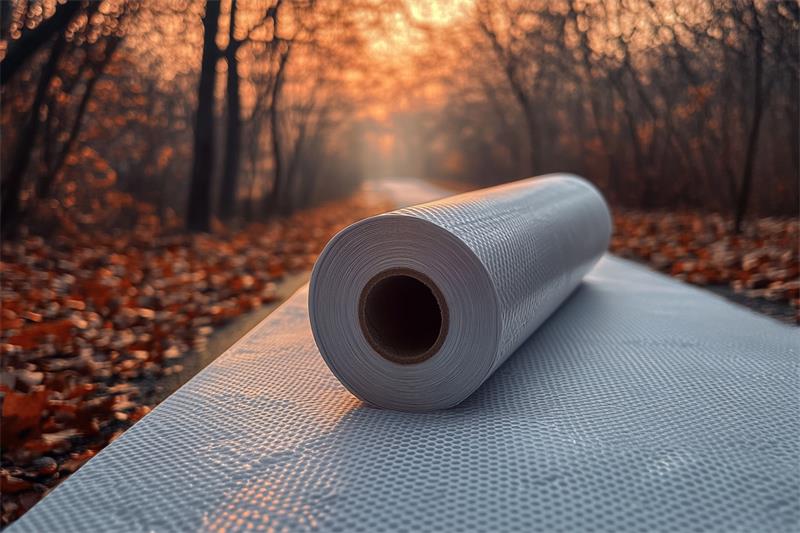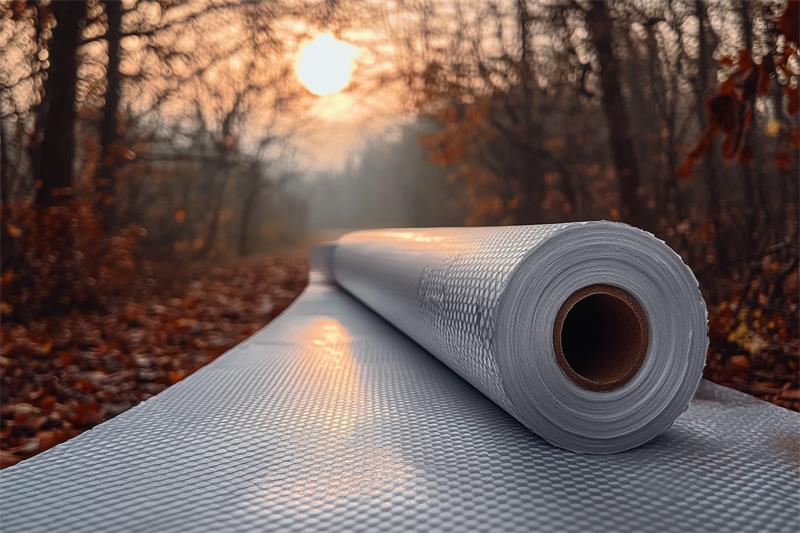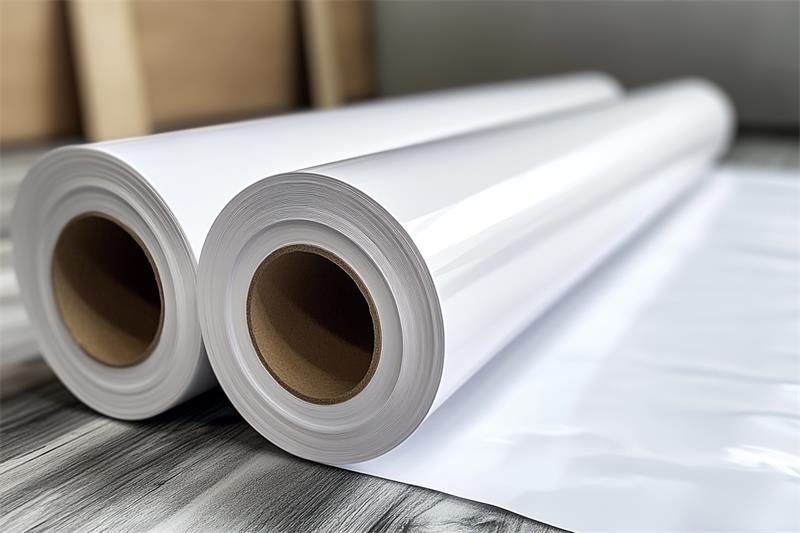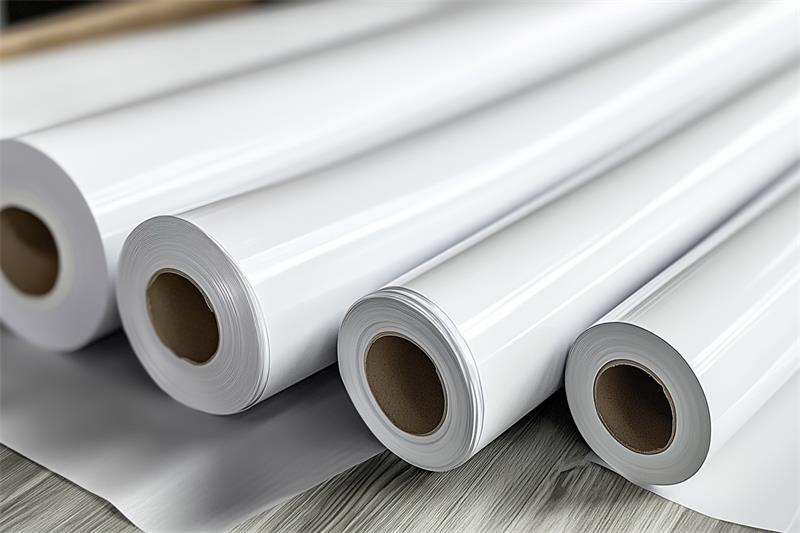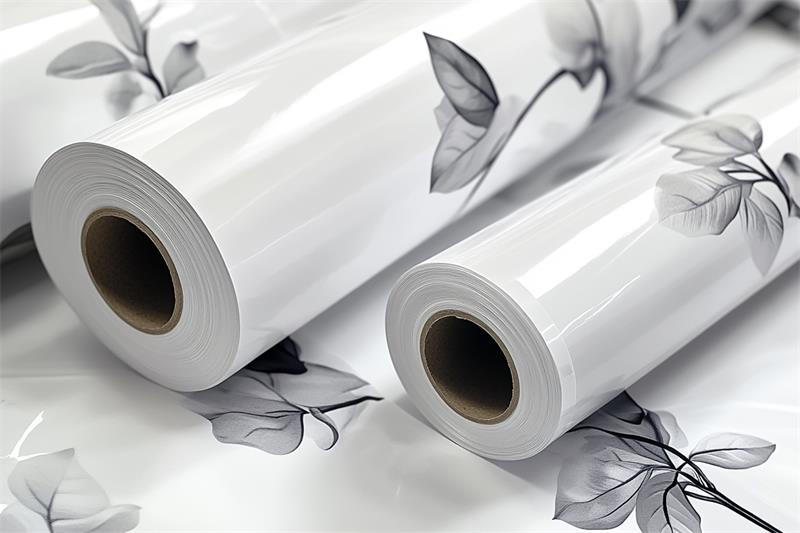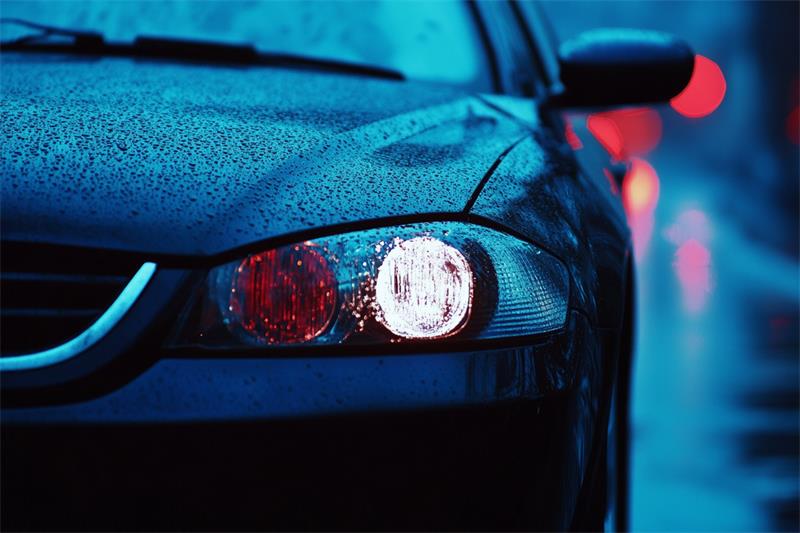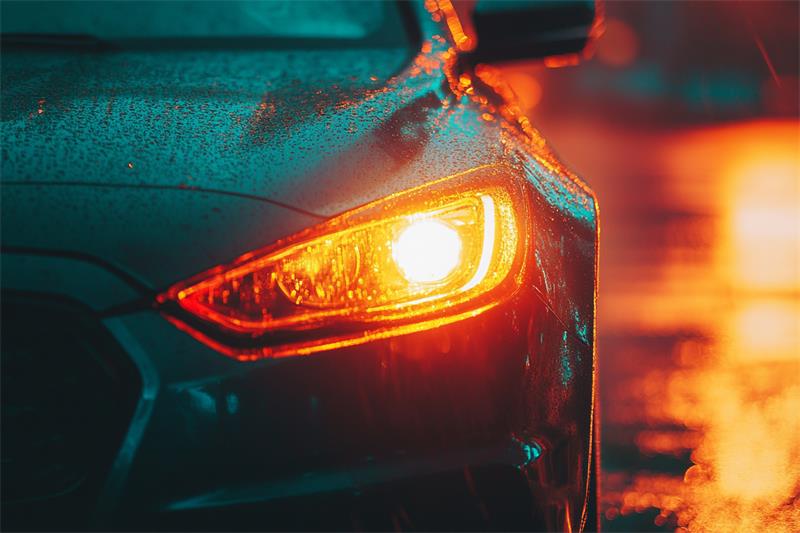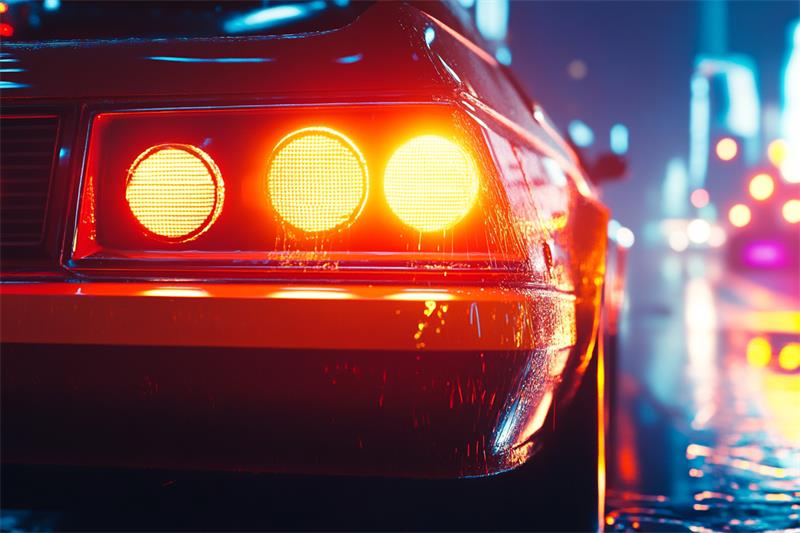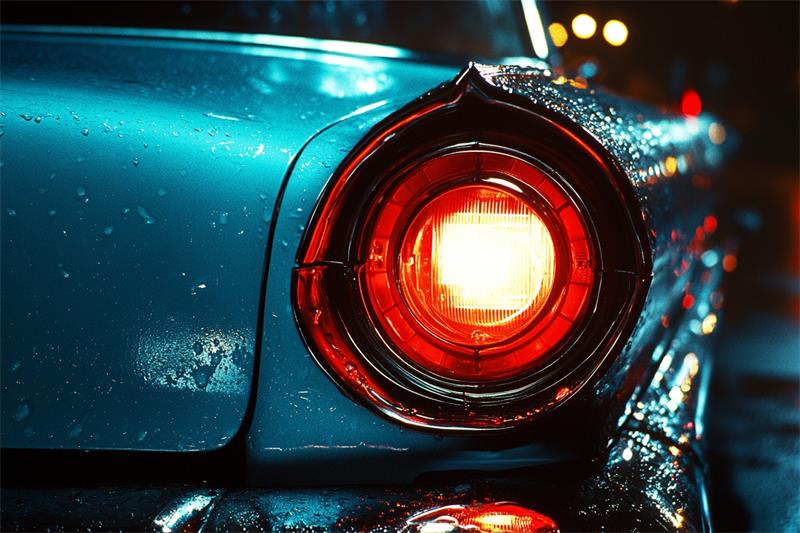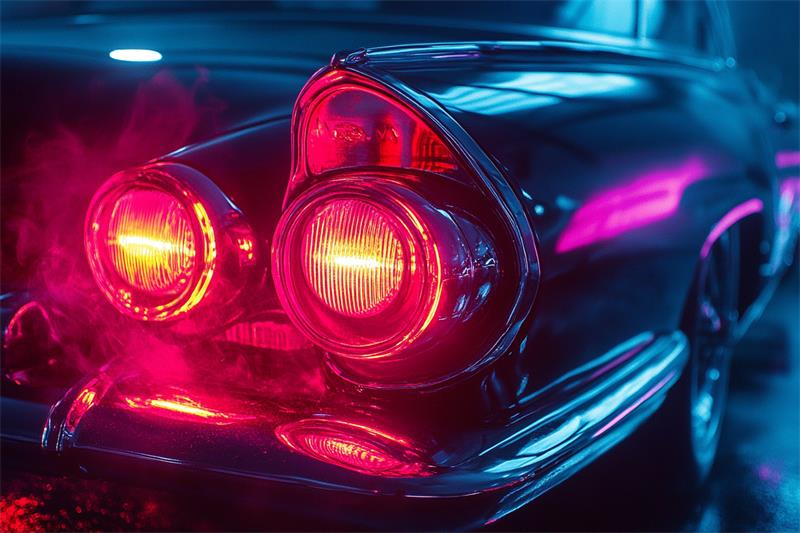In today's competitive market, businesses are constantly seeking cost-effective ways to promote their brand and attract customers. Signage plays a crucial role in this endeavor, serving as a visual representation of a company's identity and offerings. While traditional signage methods like banners, billboards, and storefront signs have long been the norm, adhesive one way vinyl has emerged as a compelling alternative, offering a unique blend of affordability, versatility, and impact. This article delves into a comprehensive cost comparison between adhesive one way vinyl and traditional signage, highlighting the advantages and disadvantages of each option.
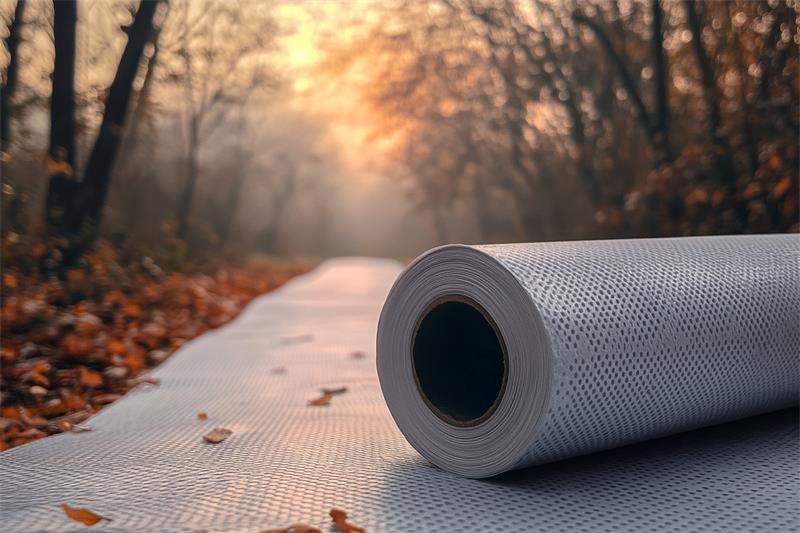
Adhesive One Way Vinyl: A Cost-Effective Solution
Adhesive one way vinyl is a specialized type of vinyl film designed for application on windows and glass surfaces. It allows for vibrant, full-color graphics to be displayed while maintaining outward visibility. This makes it ideal for storefront windows, vehicle wraps, and interior partitions.
Cost Breakdown:
Material: Adhesive one way vinyl is generally less expensive than traditional signage materials like acrylic, metal, or wood.
Printing: Digital printing technology allows for cost-effective, high-resolution printing on adhesive one way vinyl.
Installation: Adhesive one way vinyl is relatively easy to install, often requiring only basic tools and minimal labor. This can significantly reduce installation costs compared to traditional signage, which may require specialized equipment and skilled labor.
Maintenance: Adhesive one way vinyl is durable and weather-resistant, requiring minimal maintenance.
Traditional Signage: Established but Costly
Traditional signage encompasses a wide range of materials and methods, including:
Banners: Fabric banners are relatively inexpensive but have a limited lifespan and can be susceptible to damage from wind and weather.
Billboards: Large-format billboards offer high visibility but come with significant upfront costs for design, printing, and installation.
Storefront Signs: Storefront signs made from materials like acrylic, metal, or wood can be durable and visually appealing but are typically more expensive than adhesive one way vinyl.
Cost Breakdown:
Material: Traditional signage materials are often more expensive than adhesive one way vinyl.
Printing: Depending on the complexity of the design and the chosen printing method, traditional signage printing can be costly.
Installation: Installation of traditional signage often requires specialized equipment and skilled labor, leading to higher installation costs.
Maintenance: Traditional signage may require regular cleaning, repairs, and eventual replacement, adding to the overall cost.
Beyond the Price Tag: Considering Other Factors
While cost is a crucial consideration, it's essential to evaluate other factors when choosing between adhesive one way vinyl and traditional signage:
Durability: Adhesive one way vinyl is designed for long-term outdoor use and can withstand exposure to sunlight, rain, and wind. Traditional signage materials vary in durability, with some options requiring more frequent maintenance or replacement.
Versatility: Adhesive one way vinyl can be applied to a variety of surfaces, including windows, walls, and vehicles. Traditional signage is often limited to specific applications.
Impact: Both adhesive one way vinyl and traditional signage can be effective in attracting attention and conveying a brand message. However, the unique visual appeal of adhesive one way vinyl, with its ability to transform windows into vibrant displays, can create a more impactful and memorable experience.
Adhesive one way vinyl presents a compelling cost-effective alternative to traditional signage, offering a combination of affordability, versatility, and durability. While traditional signage methods may still be suitable for certain applications, adhesive one way vinyl is an increasingly popular choice for businesses seeking a cost-efficient and impactful way to promote their brand and engage with customers. By carefully considering the specific needs of their business and weighing the pros and cons of each option, businesses can make an informed decision that maximizes their return on investment.

